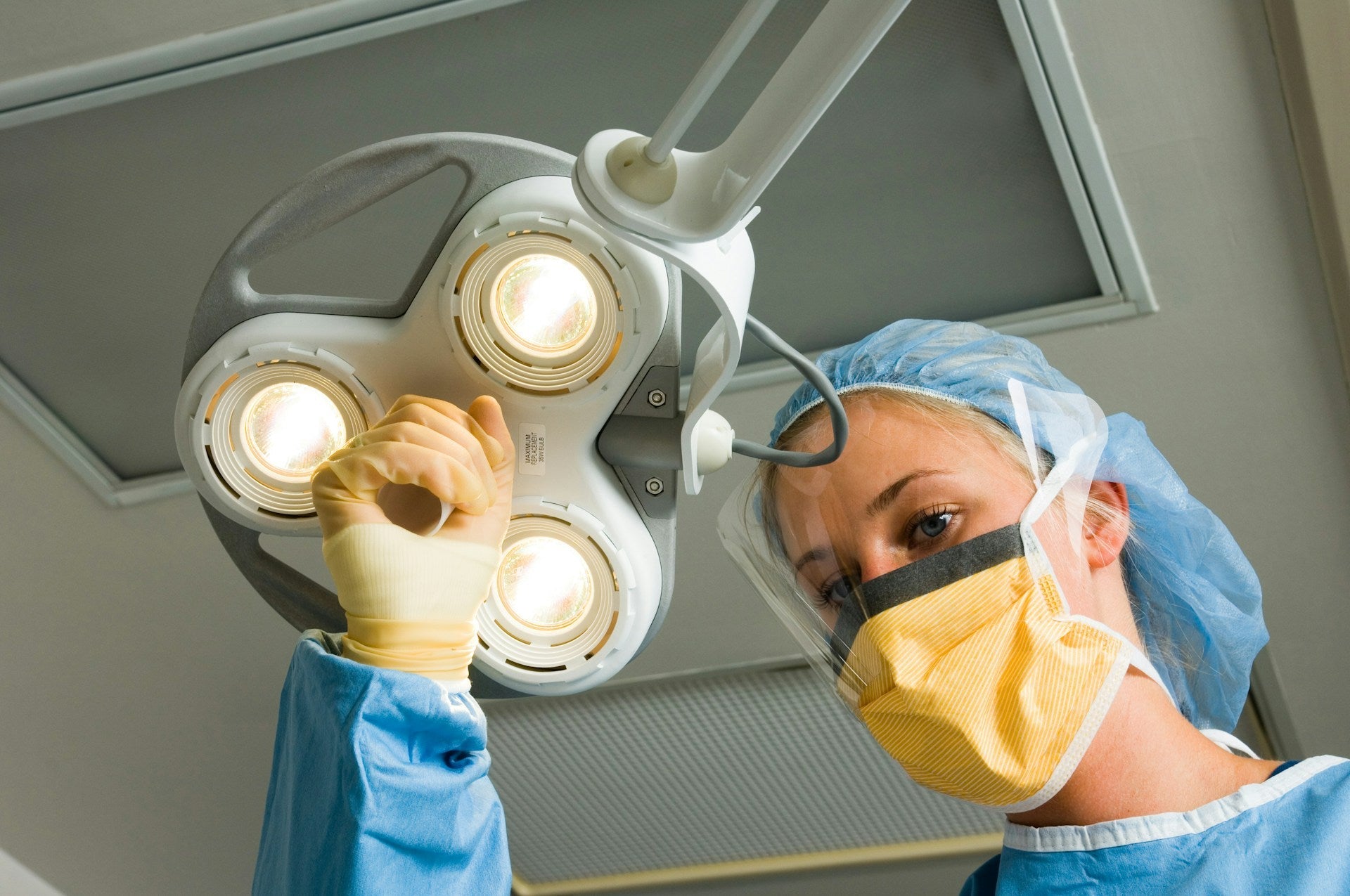

· By Trevor Horne
How to Choose the Right Surgical Lights for Your Operating Room
Choosing the right surgical lights for your operating room is important, as it ensures the safety and efficiency of procedures. The right lighting setup can enhance visibility, reduce the risk of error, and provide overall comfort for the medical team. The decision goes beyond aesthetics, touching on aspects like technical specs and user needs.
Selecting the right lights involves understanding the unique requirements of your operating environment. There are many options available, each with its own set of features and benefits. It's not just about lighting up a space—it's about creating optimal conditions where safe and effective surgeries can happen.
Considerations for Choosing Surgical Lights
When you're choosing surgical lights, it's important to think about several key factors. These can make a world of difference in your operating room's performance.
- Brightness: Ensure the lights provide enough illumination to see clearly during surgeries, as precision is key.
- Color Rendering: Choose lighting that accurately reflects colors, which is crucial for distinguishing tissues and organs.
- Adjustability: Opt for lights that allow easy adjustments in direction and intensity. This flexibility can be invaluable during procedures.
- Heat Emission: Reduced heat output is preferable to keep the operating room comfortable and avoid affecting the temperature-sensitive conditions.
- Longevity and Maintenance: Choose lights that are durable and require minimal maintenance. This helps keep operating costs down and ensures consistent performance.
By focusing on these factors, you'll be able to enhance surgical outcomes and maintain a safe environment for both patients and staff.
Types of Surgical Lights
Different surgical lights offer varied benefits, and understanding these can guide your choice. LED and halogen lights are two common options, each with its own advantages and drawbacks. LED lights are popular for their energy efficiency and long lifespan. They provide bright, consistent light, which can enhance visualization during intricate procedures. However, they may have a higher initial cost compared to other light types.
On the other hand, halogen lights are known for their affordability and the warm, soft light they produce. This can be comforting for patients and staff alike. Yet, one downside is that they generate more heat, which might not be ideal in surgeries that require cooler environments. Balancing these factors can help determine the best fit for your operating room, ensuring that it meets operational and budgetary needs effectively.
Features to Look for in Surgical Lights
When selecting surgical lights, some features can greatly influence the functionality and convenience they provide. Here are key features you might want to consider:
1. Shadow Reduction: This feature ensures even lighting across the surgical field, reducing shadows that might obstruct the view of critical areas.
2. Energy Efficiency: Lights with lower energy consumption can help reduce operational costs and are often better for the environment.
3. Ease of Maintenance: Choose lights that are easy to clean and maintain to ensure reliability and minimize downtime.
4. Adjustable Focus: The ability to focus lighting on specific areas allows for better precision during surgeries, catering to various procedural needs.
5. Ergonomic Design: Lights that are easy to maneuver and adjust can offer significant ergonomic benefits to the surgical team, reducing fatigue during long procedures.
Prioritizing these features can lead to better performance in surgical settings and enhance the overall work environment for healthcare professionals.
Installation and Setup Considerations
Setting up surgical lights needs careful planning to ensure they're effectively integrated into the operating room. The placement of lights should be planned out to provide optimal coverage across the surgical table without obstructing other equipment or personnel. Consider the height and angle for the best lighting, ensuring it's aligned with the typical positions used during procedures.
Another aspect involves consulting with professionals for installation to ensure the lights are mounted securely and can be adjusted easily. Proper setup goes a long way in boosting efficiency and safety, as well as minimizing disruptions during surgeries. After all, a well-lit operating room can significantly contribute to successful surgical outcomes and a smooth workflow.
Conclusion
Choosing the right surgical lights requires examining a range of factors like type, features, and installation needs. Each aspect plays a part in ensuring that operating rooms are suitably equipped to handle various medical procedures. By understanding these components, healthcare facilities can optimize their environments for performance and safety.
The right surgical lights can transform the way surgeries are conducted, providing clarity, reducing fatigue for the medical staff, and enhancing patient safety. Investing time and resources in selecting appropriate lights ensures that the operating room remains a place where excellence in healthcare is not just a goal but a daily practice.
If you're looking to improve visibility and comfort during procedures, upgrading your operating room with high-quality surgical lights can make a big difference. ProNorth Medical offers equipment designed to support better outcomes for both patients and healthcare professionals.
